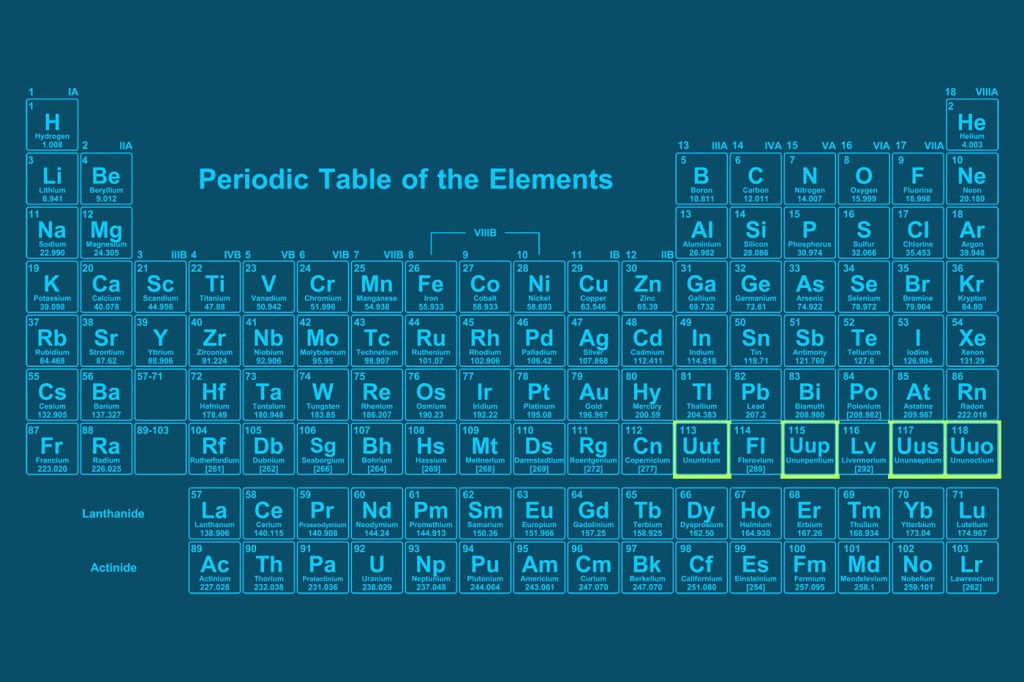3Qs: Four new elements added to periodic table

If you bought the chemistry buff in your life a periodic table shirt or placemat, hopefully it came with a gift receipt. It’s now outdated.
 On Monday it was announced four new elements will be added to the table, completing its seventh row. Researchers in labs in Russia, Japan, and the U.S. discovered these super-heavy elements, which have atomic numbers 113, 115, 117, and 118, respectively. Each element will have a placeholder name until official names are picked.
On Monday it was announced four new elements will be added to the table, completing its seventh row. Researchers in labs in Russia, Japan, and the U.S. discovered these super-heavy elements, which have atomic numbers 113, 115, 117, and 118, respectively. Each element will have a placeholder name until official names are picked.
Associate professor of chemistry and chemical biology Michael Pollastri explains why this is an important milestone for science.
How often are new elements added to the periodic table?
This is not a frequent occurrence. The most recent two were added in 2011, and only 16 were added between 1950 and 1999. A total of 34 elements have been added since 1900.
What is the process for a new element to be added and how long can that process take?
In order for this type of element to be added to the periodic table, it must be observed in replicate experiments and be confirmed by the International Union of Pure and Applied Chemistry. This can be challenging, because the existence of these new super-heavy elements is so fleeting—thousandths of a second—and the experiments to create them are quite complicated to run.
One other challenge is that, in order to confirm one of these new, very short-lived elements, scientists often are looking for the decay products of these elements—and these decay products are smaller elements that had already been discovered. But they may be present as new isotopes of these smaller elements that have not been observed. So these decay products need to also be carefully characterized.
Many reports are trumpeting the fact these new elements complete the seventh row of the table. How significant of an accomplishment is that and why?
This is a significant accomplishment, as we would expect, based on the periodic trends, that elements on the end of each of the table’s rows would have comparatively greater stability than elements that precede them.
Since element 118 is in the same column as the “noble gases”—called this because they are unreactive—one would predict higher stability of element 118. “Stable” should be taken with a grain of salt though, as these elements only last a few thousandths of a second after they are created.